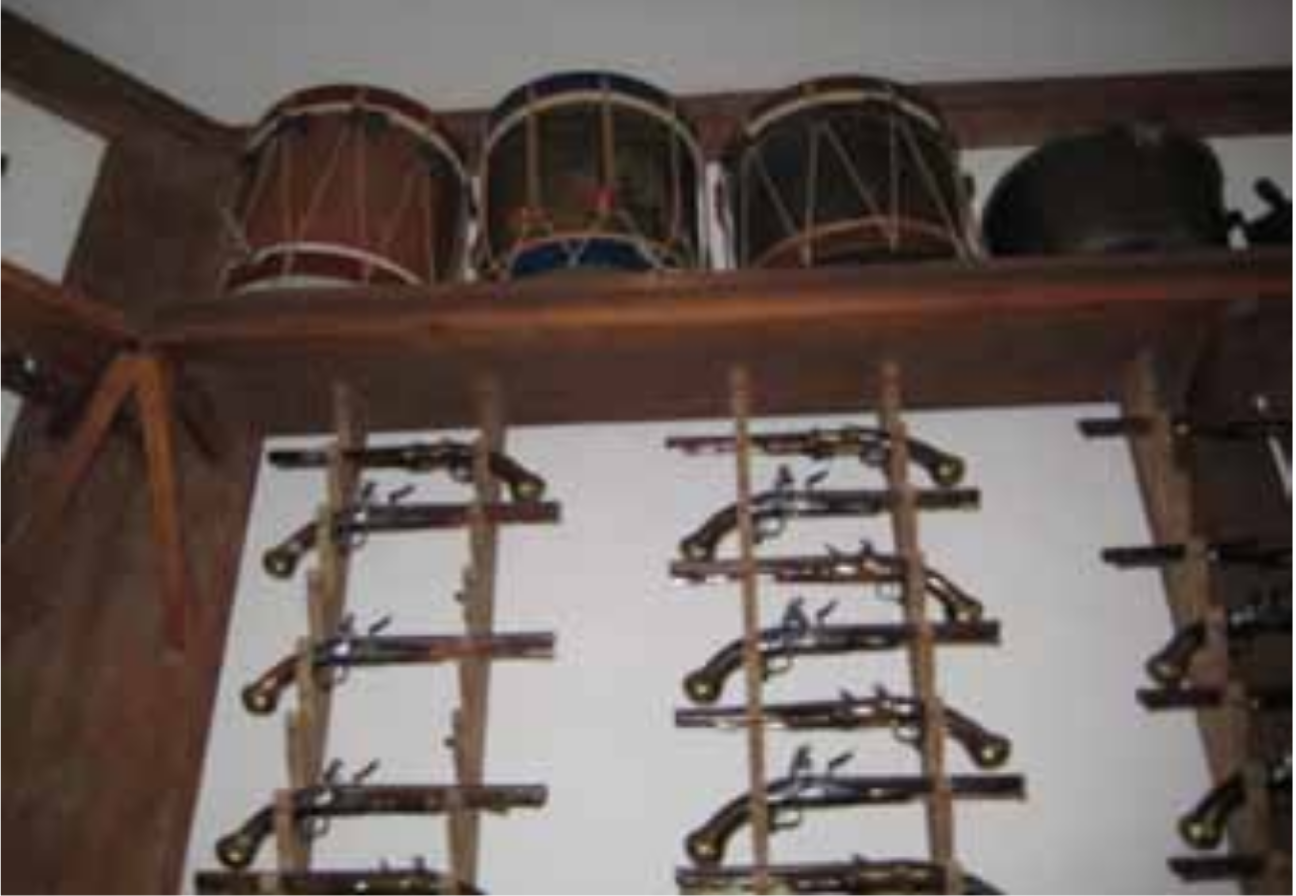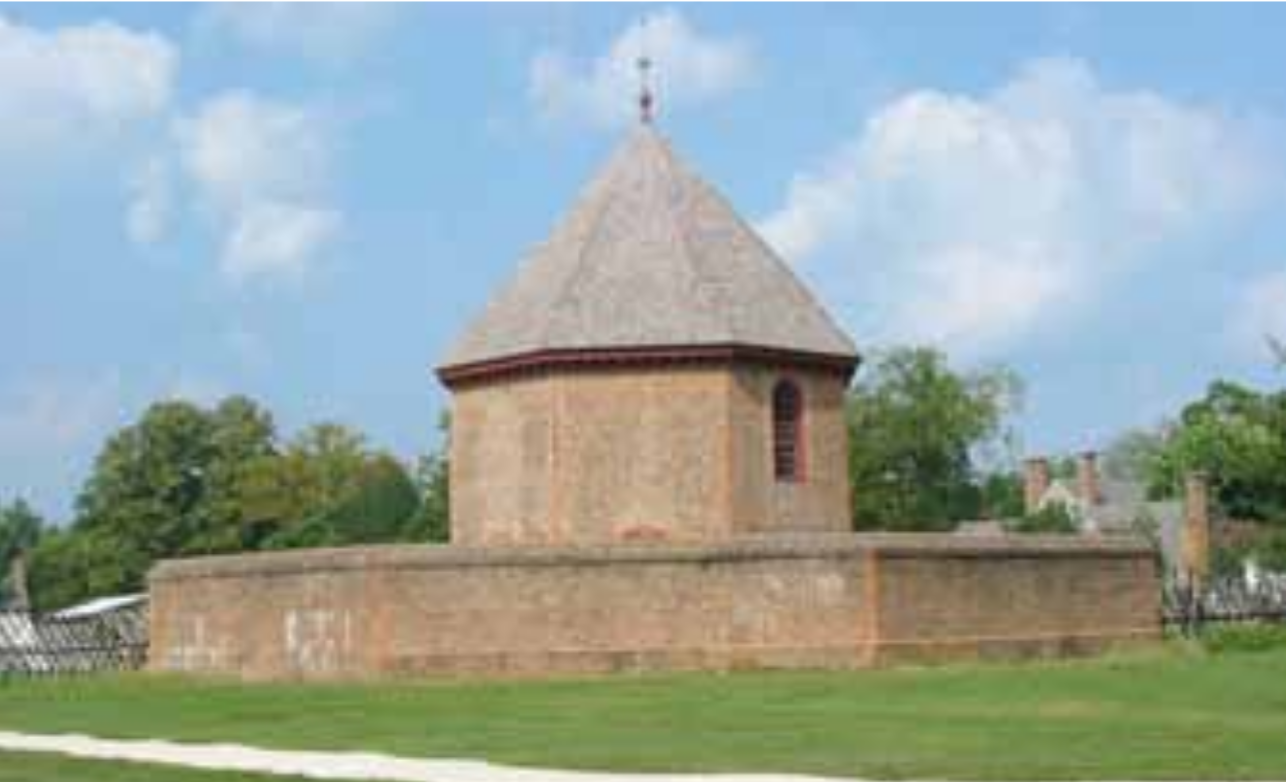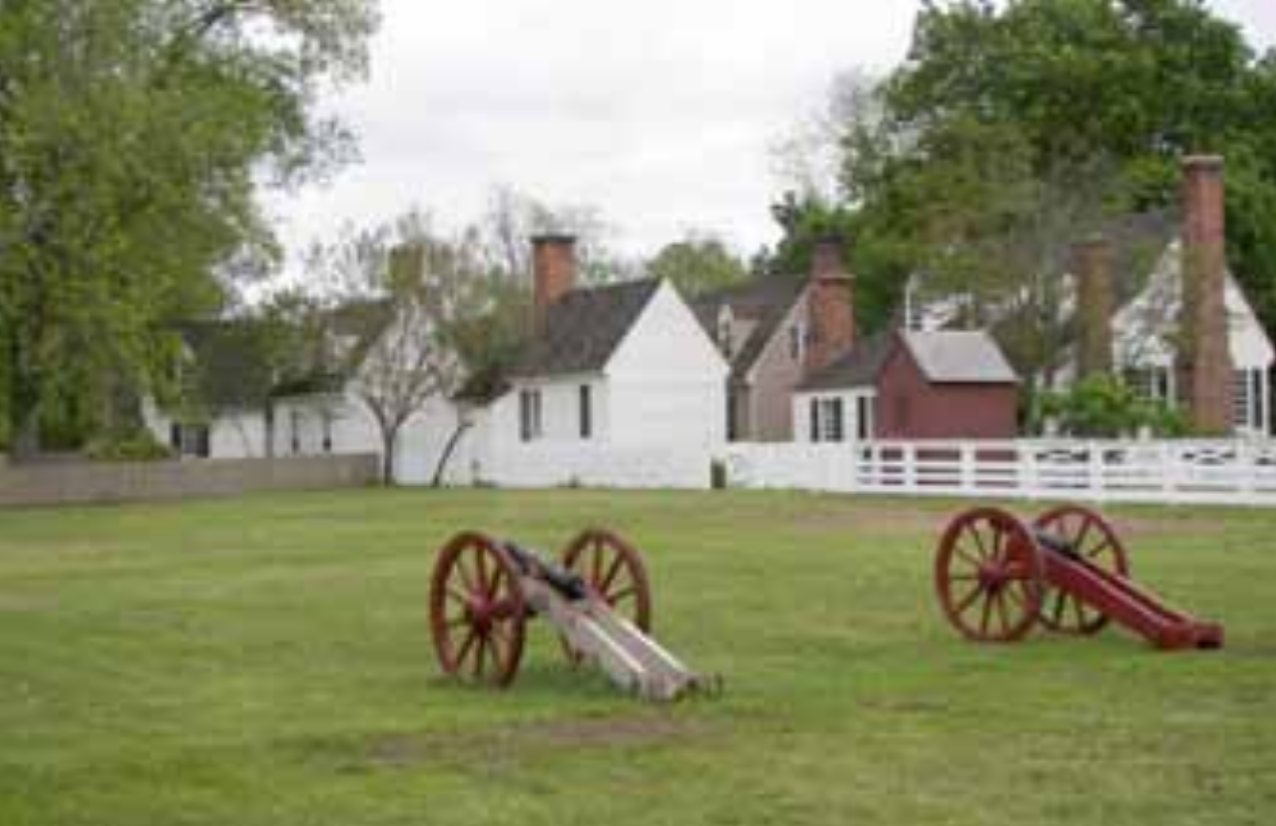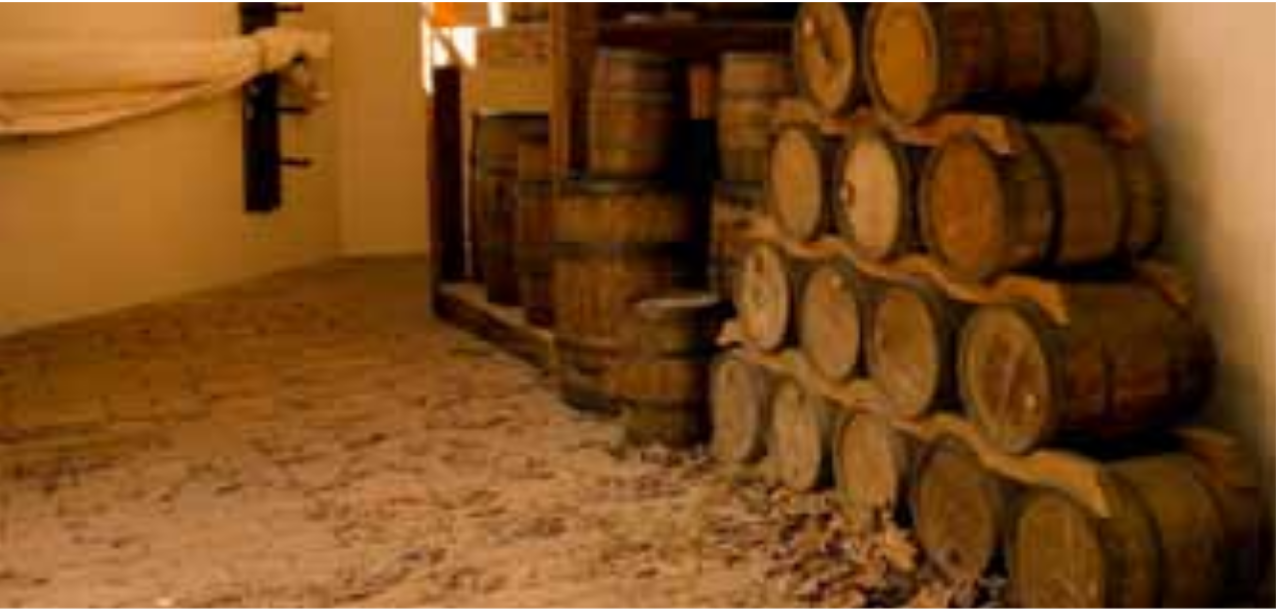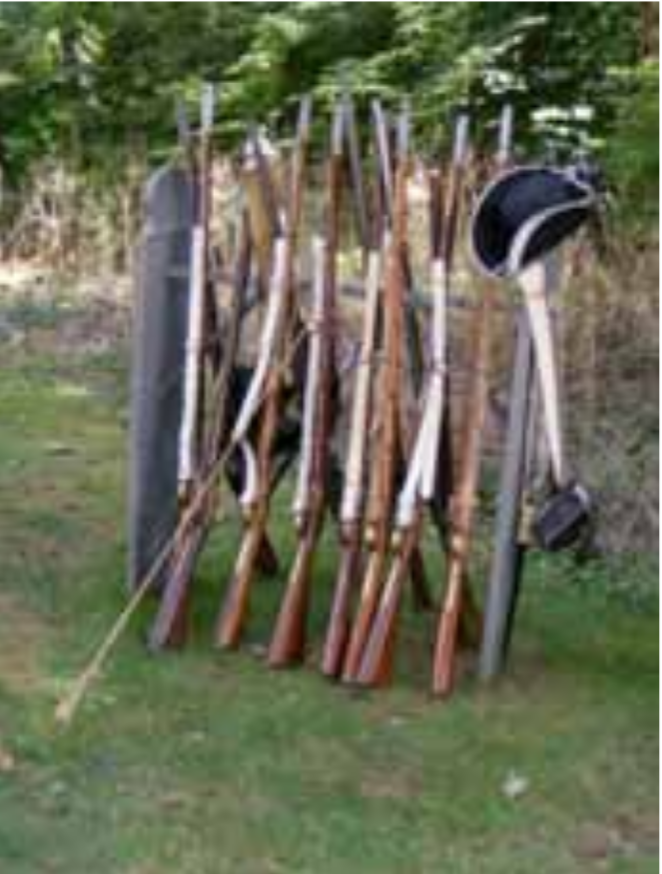By Joe Wagner
Logistics: “. . the branch of military science dealing with the procurement, maintenance, and movement of equipment, supplies, and personnel.”
PART FOUR – ORDINANCE
Organization of Continental Ordinance
The purpose of ordinance activities in the 18th century was to provide forces in the field with the weapons and am- munition to carry on the fight. While the focus was mostly on artillery needs, the term and the activities included provision and repair of muskets and other individual arms, preparation of ammunition for muskets, and supplying all the materials and accoutrements necessary to maintain the army’s fighting capabilities.
The management structure for ordinance changed constantly during the war, with the key players being Congress, its Board of War, and the Commissary General of Military Stores on one side, and Washington with his artillery chief Henry Knox, on the other. At the beginning in 1775-76, the field army under Washing- ton and Knox controlled much of the supply chain for ordinance. They directed the establishment of supply points, gave orders as to what was needed, and arranged the distribution of the resulting weaponry. In the beginning of the war, ordinance logistics was mostly a matter of distribution, since no original supply sources had been developed. Ordinance consisted of captured British equipment, or assets procured by the colonial militia establishments before the war.
Because Washington and Knox were in the field with the Main Army, they could not keep track of supply problems at the source, nor could they know the needs of other forces scattered about the colonies. Trying to operate the ordinance logistics chain from the field caused innumerable problems and failures of the supply system which culminated in a complete reversal in 1779. Congress, through its committee known as the Board of War, took control and retained it through the end of major conflict in 1782. Congress appointed the Commissary General of Military Stores who was responsible for the supply end of the ordinance chain, who followed the guidance of the Board of War.
This was a commissariat position, and not a military one, so not subject to the Army (Washington’s) command. The man who held the post of Commissary General for Military Stores for most of the war was Benjamin Flower, who began the Revolution as a Lieutenant in a Philadelphia militia regiment. Congress originally had appoint-ed him in 1776 as Commissary of Military Stores for the New Jersey flying camp. Then Washington named him as Commissary General for Military Stores for the Army in 1777, and in 1779, when Congress took control, he was reappointed to the same position, reporting to the Board of War. He served until his death in May 1781.
Under the 1779 arrangement, Washington, through his Chief of Artillery (General Knox), was now responsible for ordinance field operations and activities. In to-day’s military terminology, we would say that Congress established and ran the acquisition and depot logistics operations, while Washington and Knox directed the field supply, distribution, and maintenance activities. This simple concept was not so simple in operation, given the multiple sources of supplies, the competing de-mands from the various geographical armies, (Northern, Southern, Main), and the overlapping responsibilities in many areas.
Acquisition and Depot Operations
The 1779 system of ordinance supply under Commissary General of Military Stores Flower operated in this way: Two major ordinance supply depots were established, one at Springfield, MA and the other at Carlisle, PA. As most of you know, these two locations would become important names in American military history. Carlisle Barracks is still an active Army post, while Springfield Arsenal was for two centuries the premier US arsenal for small arms manufacture. Their locations were selected to avoid the British Army strength around New York and the Hudson River valley, with Springfield to the north and east of contested areas, while Carlisle was west and south.
Each depot operated with approximately 100 craftsmen and supply staff, each known as a “Regiment of Artillery Artificers”, under the command of a deputy to the Com- missary General of Military Stores. The staff included carpenters, wheelwrights, blacksmiths, and armorers.
The ordinance depots were known as laboratories, which at the time meant a place where things of a technical nature were manufactured. The mission of these depots had many facets. They received bulk shipments of materials and finished goods destined for the Army’s ordinance needs and transshipped them to the Army as required. They received raw materials or piece parts from suppliers and completed the manufacture as needed, then distributed them to the field. They manufactured ammunition at the laboratory, and also received and transshipped cannon, powder, musket ball, flints, fuses, cannon balls, and mortar or howitzer shells supplied from outside sources. And they operated shops for the repair of broken or worn out items sent in from the field. Examples include manufacture and repair of caissons and limbers, artillery tools (sponges, rammers), muskets, bayonets, ironwork, and leather goods.
The Carlisle location specialized in cannon and large caliber ammunition due to the large number of iron works and foundries in the eastern Pennsylvania region, which provided sizable quantities of iron. It is thought – though not supported by any hard historical papers, that most of the effort at Carlisle was in cannon ammunition, rather than the casting of tubes, and in repair of artillery gear, as noted above. The Springfield labora- tory specialized in small arms since its location close to the New England coast made it the receiving depot for much of the small arms shipped in by France and other countries.
The depot laboratories delivered their products to the army’s field ordinance operations, where they went to one of two organizations, both under Chief of Artillery Knox. The tubes, carriages, ammunition, and equip- ment for the Artillery units went directly to those units. The infantry regiments were supplied through a special- ized unit created at the Brigade level. Under the com- mand of a Brigade Conductor (remember the term from the Transport section of Part 2. of this series), an allocation of wagons, tools, a forge, and a dozen or so men drawn from the brigade were assigned to receive powder and ball and other infantry goods from the laboratories.
Cannon
At the beginning of the war, at Boston in 1775, the
first return for the Continental Artillery Regiment was
41 tubes of all types. Gains and losses early in the war
included the famous capture at Ticonderoga of 55 guns
that Henry Knox carried through the snow to Boston.
There was the loss of Forts Washington and Lee on the
Hudson in November 1776, resulting in a loss of 149
pieces, and the 1777 victory at Saratoga, which provided
a badly needed 49 pieces from Burgoyne’s army.
The number of tubes actually produced in the colonies during the war is not known. There is plenty of cor- respondence and other evidence of plans and orders and expectations, but precious little evidence of actual production and deliveries of indigenous American tubes to the army. It can be said for certain that both brass and iron tubes in varying weight were produced, most from Pennsylvania, and delivered to Carlisle and directly to the field, but quantities are unknown. Difficulties and failures are the most notable evidence, including, as an example, a report of Daniel Joy, agent for the Board of War, that of 150 various pieces he proofed at the Hopewell, PA furnace in May 1776, not a single one withstood testing.
By far the majority of cannon, mortars, and howitzers were imported from nations willing to sell to the Ameri- cans. From early in the war, the French, Dutch, and Spanish provided them, shipping most to the Caribbean island of St. Eustatius (Dutch), where blockade-runners would pick them up and bring them to American ports. Once Silas Deane arrived in France and set up a supply conduit based on French funds, hundreds of artillery pieces and thousands of muskets began to fill the pipe- line using French vessels, sailing directly to American ports such as Portsmouth, New Hampshire. A major order shipped in 1777 included 200 cannon, 30 mor- tars, 30,000 muskets, and 200 tons of powder.
Since Washington was essentially on the defensive the entire war – until Yorktown – he needed artillery mobil- ity rather than heavy throw weight. This meant light guns of smaller ball size. He had little need for massive siege guns or heavy batteries for fixed defenses. His artillery had to be horse or oxen mobile, and able to keep with the infantry for mutual support. As a result, the requested artillery tubes usually ranged between 3 and 12 pounds in round ball weight. That is not to say the Continentals wouldn’t take whatever came down the supply road, but their need was for light and mobile pieces for infantry support, more than anything else. Based on a breakdown of inventories of captured British guns, approximately two thirds of Revolutionary War artillery pieces were iron, with the other one third brass.
Muskets and Powder
There were three sources of new military muskets for the American Army, beyond what the soldiers brought from home, as the war progressed. The first sources, which continued to some extent throughout the war, were the capture of British supplies either from the battlefield or their supply system. An example was the 1776 capture of the English brig “Nancy” by an American ship, deliv- ering some 2,000 muskets to Washington. Second was the manufacture of muskets by American gunsmiths – popularly known as committee of safety muskets. Some significant attempts to provide home-built muskets include the Virginia factory at Fredericksburg, lock production at several shops in Philadelphia, and numer- ous contracts for complete muskets to private gunsmiths in manufacturing centers like Baltimore, Frederick, and Hagerstown, MD. There were later attempts after 1778 by Congress to operate its own shops in Lancaster, PA and Trenton, NJ, but there was apparently little resulting impact on the shortages.
The importation of foreign weapons through the French and other allies finally delivered the quantity of muskets necessary to fully arm the American Army. Tens of thousands of Charleville and other European arms were delivered. Even these massive quantities left spot shortages, which is hard to understand when the American army seldom rose above 10,000 men. As reenactors know, conscientious care of a musket can keep it going for years, even under field conditions. In fact, the capture of British equipment, the output of colonial builders, and the imports taken together, should have been ample for an army establishment numbering on average only in the few thousands
For example, during 1777, 12,000 stand of arms, mostly imported, were delivered to the Main Army for use during the summer campaign. Despite the fact that the Army itself rarely reached this size, before the year was out, there were demands from Regimental and Brigade commanders for major new supplies of muskets. Wash- ington was at a loss to understand where his muskets were going, but Congressional investigations found the likely causes. Foremost was the dire shortage of repair capability. There were nowhere near enough skilled ar- morers to repair and keep functional the arms on hand.
The Congressional investigators found hundreds of muskets left in camp or in warehouses because of a bro- ken or missing part. The most common repair method appears to have been to turn in the musket and get a replacement. The inability to put a slightly damaged weapon back into service meant it was totally lost to the supply system. The second important drain on supplies was the use of short-term militia. Washington and his regular army establishment had many, many reasons for disliking the use of militia. Not the least was their tendency to take everything they could home with them when they were mustered out.
They particularly valued their musket. Every campaign season, thousands of militia would show up without weapons, and in the fall would head home again with a new arm. Washington faulted the militia officers, who “allowed their men to carry home everything put into their hands and in consequence forever lost. . .”. He was very well aware, from his own past militia experience, that those militia officers were selected by their men, and were themselves happy to see their companies leave for home well-armed.
The need for gunpowder matched that of the cannons and muskets that used it. A standard barrel of black powder would make about 3,000 musket cartridges, not enough for a single regiment to issue even 10 rounds per man. Commercial production from America’s powder mills in the civilian world of pre-1775 was completely in- adequate for a wartime need. Virtually all of the powder produced by the colonies during the war was procured by the colonial governments from mills which they activated and funded. Most local powder was made during the early years, when hard currency still was available and the price of labor and materials had not yet inflated.
It is estimated that domestic production through 1777, after which the great majority of powder was imported, came to just over 800,000 pounds. Even this local production depended on imported ingredients, of which saltpeter was the most important. About 80% of the 800,000 pounds was made from imported ingredients. For the remainder of the war, as with all other needs, we relied on the French, Spanish and other allies for our pow- der, with thousands of barrels imported mostly through the French port of Martinique in the West Indies.
We needed vast quantities of powder for our small Army which did not fight many major battles for the same rea- son we needed vast quantities of muskets. The habits of the troops caused it to be wasted in significant amounts. Since unloading a musket was a time consuming prac- tice requiring special tools, the accepted method was to simply fire off the round in a safe direction. Soldiers would routinely load their musket whenever they went into the field with any expectation of meeting an enemy, including such things as sentry duty, patrols, road marches, etc. Repeat this practice day after day for thousands of men, and the steady expenditure of powder and ball was tremendous.
Conclusion
This brings to a close our series on Logistics in the Continental Army. As you can understand, what we’ve seen here is only a short survey course of the subject. Books have been written about many of the individual topics. There are major areas we did not even address, such as the Hospital Department. Again, the intent is to give you some background and information to pass along in your interpretations to the public, and to give you a feel for some of the logistical circumstances in the Continental Army that are beyond our normal reenact- ing experiences.
To sum up the state of logistics for the Continental Army throughout the war, in the beginning there was an excess of Congressional oversight and bureaucracy, but also there was hard currency and available sources for many needed supplies. As the war continued, inflation and shortages of materials sapped the ability of supply units to provide what was needed. This led to; first, Congress handing over responsibility for most supply needs to the individual colonies (1780), who could do little better than Congress in meeting the need, and secondly, widespread use of the most reliable method for getting what was needed – impressments. In the end, even impressments didn’t work if there were no muskets, no powder, no horses, no clothing to impress. It was the French, the Spanish, the Dutch and others, working through their transportation centers in the West Indies, who sent us everything necessary to keep us alive, in the field, and ultimately, to gain the victory.
* * * * * *
The majority of the information in these articles, par- ticularly the chronology of events, correspondence, and statistics, came from “Supplying Washington’s Army”, a publication of the United States Army Center of Military History by Erna Risch – published in 1981. For those particularly interested, I have a copy for short term loan.
I would like to thank Joe Wagner for this series. Erick Nason, editor.
